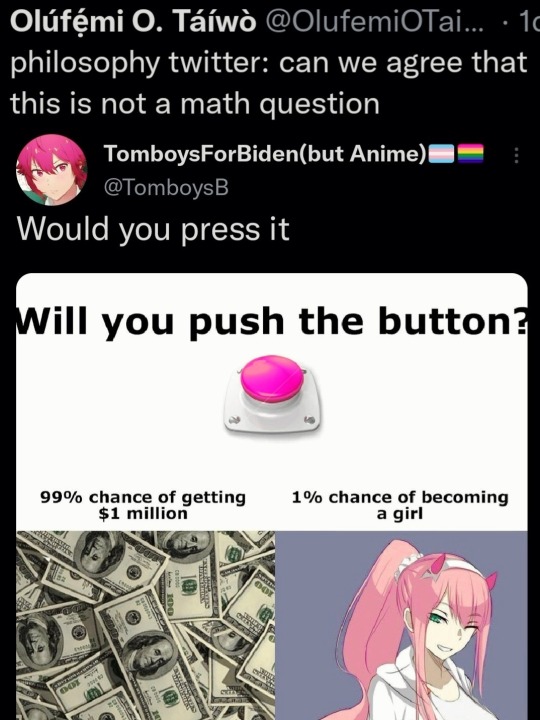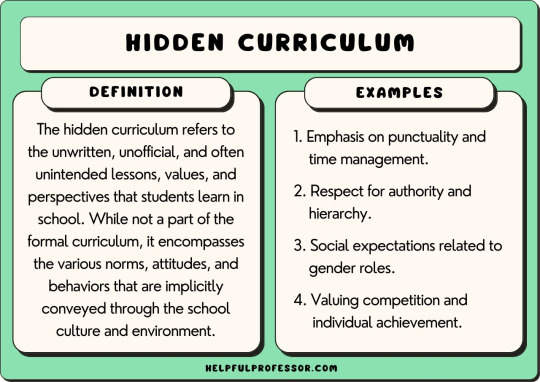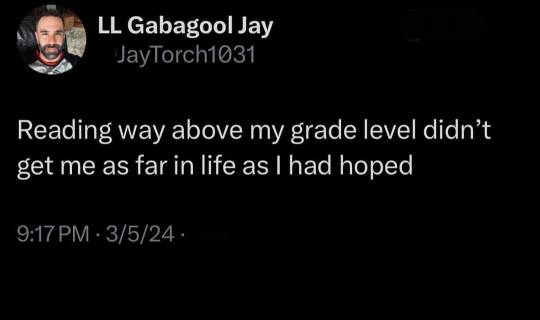#MathEd
Explore tagged Tumblr posts
Text
Personal Reflection on Gamifying Apps as an Assessment Tool in Mathematics Education🎮
When reflecting on gamifying applications I regularly use in my mathematics classes such as Kahoot, Hot Potato, Quizizz, Educaplay, and Google Forms, it becomes evident that each tool brings its own set of merits and demerits to the table.
Kahoot 🎮, for instance, offers an engaging platform for interactive quizzes that truly energize the classroom atmosphere. However, its limitations become apparent when it comes to writing equations or dealing with more complex mathematical concepts like matrices. This can sometimes hinder the depth of learning that I aim for in my lessons.
Hot Potato 🥔, with its feature for uploading photos, adds an interactive element to the learning process, which my students love. Yet, the process of sending zip folders with image paths and having students unzip files can prove challenging, especially for younger learners who may not be as tech-savvy.
Quizizz 📝 has been a game-changer in terms of collaborative learning opportunities. Its open accessibility to other teachers' games on the same topic has sparked engaging discussions and peer learning in my classroom. However, its inability to support fill-in-the-blank questions limits its versatility in assessing students' understanding comprehensively.
Educaplay 🎓 has also proven to be a captivating tool with its variety of interactive exercises and games tailored to mathematics learning. Nevertheless, it falls short when it comes to writing equations compared to Kahoot. Kahoot's more advanced equation creation features give it an edge in this aspect.
In essence, while each gamifying application offers unique advantages, they also come with their own limitations. As educators, it's crucial for us to weigh these pros and cons carefully and choose the right tool based on the specific learning objectives and needs of our students. Finding the balance between engagement and functionality is key to creating meaningful and effective learning experiences in the mathematics classroom. 🧠📚
3 notes
·
View notes
Text
why qualitative research matters to teaching (mathematics)


the pioneer cohort of ed.d. and ph.d. educ at ateneo gbseald with dr. ma. assunta "achoot" cuyegkeng / screengrabs from markkie aribon and lavi subang of ed.d.
-----
i told the internet about why i am where i am now in a previous post. now, i am ready to share what invaluable knowledge i've got from one of my courses so far.
during my undergrad and graduate studies, just pen and paper is mostly sufficient to create new ideas, problems, and solutions, and do research in math, but that's not the only concern i have with life and work.
for the past half a decade or so, peers and i saw a decline in the perceived quality of students in calculus at the university of the philippines los banos. what was supposed to be tackled in senior high school, like algebra, trigonometry, and precalculus especially for those from stem track, wasn't adequately done so. when introduced to fundamental calculus concepts, they do understand the notion of limit, how lines and derivatives intertwine and entangle, and why area is an integral, but when it comes to crafting solutions and answering problems, this inadequacy becomes apparent.
in turn, it becomes necessary for us to ask why this is the case? how do teachers influence their students' calculus learning and what are they doing to adapt? has existing policies done us (dis)service in the philippine (math) education? and, why is everybody and nobody at fault here?
just thinking about possible solutions is not enough. we need to get our hands dirty, wreck some established norms, and possibly hurt some feelings in the process. qualitative research, i learned, has some of the answers.
as i mentioned in a previous post,

for this course, i posed this question: how do teachers facilitate collegiate calculus learning through creative interventions?
in an attempt to answer this question, i had to look back at what is happening and what research tells us about calculus learning.
for one, most mathematics learning theories are based on existing ones from classical learning theories, like constructivism, positivism, and behaviorism. since the start of the 21st century, one of the main motivations of mathematics education research is rationalizing a theory for mathematics in consideration of its unique nature as a subject matter.
next comes becoming aware of challenges and factors in teaching and learning calculus, how do teachers intervene, and how important their role is.
as of yet, i think the question can't be answered by a simple survey, answered using a likert scale. we have to go on the ground and diligently ask calculus teachers and instructors in college the existing literature still resonate with the challenges they face and what they do about them in order to help their students. the quality of administration and prestige of the institutions they serve affect their students, but in reality, educators are at the frontline facing the students and implementing interventions as they go along day by day. their experience is a vital part of understanding the problem.
we should break down such a complex question into easily digestible and directly answerable ones that help us understand sac (structures-agency-culture): ask where the teachers come from, what kind of pool do they dive in to teach calculus, what restrictions they are put in, what the students are like, what they do to help the children [sic], and in what way do their interventions affect the students.
with the pisa results just released, now more than ever, we need to act as fast as we can to implement changes from the ground up.
why are we, everyone at school, so miserable in one way or another? this, i can definitely say, is my magnum opus.
i will die on this hill.
4 notes
·
View notes
Text
You can be talking to someone and she'll be like, "Oh I made a silly mistake. Women don't deserve voting rights teehee." And you'll be like, "What." And she'll be like, "Oh I'm sorry! That must sound so bad out of context. No it's this Tiktok meme where, if you're a girl and you do something dumb, you say 'Women don't deserve voting rights teehee.'"
And you'll be like, "That sounds bad." And she'll be like, "No no. It's totally not that bad. It's just a meme. Men say it too. Like if a man does something silly he'll be like, 'I am like those women who do not deserve to vote.'" And you'll be like, "Does that make it better?" And she'll be like, "Well there was one guy who tried to make 'Men shouldn't vote' a popular meme. But it never caught on and also he got yelled at a lot."
And then you drop it there because like, you're harshing the vibe.
120K notes
·
View notes
Text

Found that over at mastodon
Edit: link to original post: https://mastodon.social/@senatormeow/100908678269940898
[Image ID: a Toot from User "Senator Meow":
"when I first ran D&D, my grandmother, who had bought fully into the IT'S SATANISM hype, insisted on sitting and watching the first session. about an hour in, she threw her hands up and yelled 'THIS IS JUST MATH' and stormed off"/END ID]
72K notes
·
View notes
Text
not to be a number nerd on main but 2025 (45^2) will be the only square year most of us ever experience. the last one was 1936 and the next one will be 2116
110K notes
·
View notes
Text
“I hate school I’m sorry Malala”- Funny yet poignant. Acknowledges both the difficulty of the task and the fact that doing that task is a privilege. Gives credit to the people who fought for that privilege with a tongue in cheek acknowledgement of the irony of the initial statement
“I’m just a girl I should be home baking bread not doing calculus” - at best historically uninformed at worst leaps decades back in time. Refusal to acknowledge the charged history of education and slights the centuries of women’s labor it took to reach this point
#tiktok#feminism#I hate I’m just a girl#I hate girl math#I hate it all#claim your rights#anti tradwife
58K notes
·
View notes
Text

#philosophy#math#the button#how many times can i press#I'd give the money back#let's say half of it#rich girl#trans#transfem#196#r196#mtf
132K notes
·
View notes
Text
i love you vaccines i love you research i love you reading the book instead of having chatgpt summarize it i love you critically thinking rather than reacting to a headline i love you investigating the source material i love you science i love you math even though you are personally my enemy (math/yn slowburn) i love you writing even though you try to stab me a lot i love you Experts in Your Field i love you Using The Brain
#i don't read fanfic so idk what my math x op ship name should be#.... i love u math.... despite our differences.... :/ u work i guess#not like for ME. never for ME. but like for other people you seem pretty reliable.#... SOMEONE (me) has a LEARNING DISABILITY#edit: thank u to the anon who suggested i refer to math as my rival. u are so right.... not enemies... no...#*locks hands with math* bonded........ 2gether.... 2 sides of da coin... both under threat of AI... i luv u math#(<- still clearly never understands whenever math speaks bc literally what is going on over there. the fuck is a polynomial)
36K notes
·
View notes
Text
Both Selfish; you each lose 2 points
You Selfish, prev Cooperative; You gain 2 points
You Cooperative, prev Selfish; You lose 1 point, prev gains 1 point
Both Cooperative; You Each gain 1 points
(ps make sure to say what you voted)
Making this post long so you have to scroll to see prev's tags.
#by my math if there is an equal chance of all 4 possibilities it should result in net 0 points in the economy#but math people in the notes can let me know if I got it right#not blorbo poll#btw I'm falling on the sword and doing cooperative choice#also it's supposed to say DO NOT not SO NOT! I blame autocorrect
31K notes
·
View notes
Text

being an adult means I can use my big boy money (which is supposed to go towards stupid things like rent or food but who the hell does that) to force people to look at Melly.
look at her. she’s simply so Shaped
#this pic is what led me to start calling her an avocado#apparently she weighs around 7 avocados according to my friend#(who is a math major)#Melly Bo Belly#catblr#cats of tumblr#tuxedo cat
27K notes
·
View notes
Text

warning signs
(will be a riso print)
11K notes
·
View notes
Text
Reblogging would be a great help, but don’t feel pressured to
48K notes
·
View notes
Text
the not so hidden curriculum

The hidden curriculum allows students to develop soft skills beyond what the formal curriculum offers them to do so. Moreover, the school hierarchy itself exposes the students early on to the corresponding hierarchies that exist in society.
This structure, on the other hand, perpetuates and, possibly, inculcates to the students the faults in our modern society. Traditional gender roles, (c)overt caste systems, and racial biases may be evident in the language, narratives, and illustrations we use in class.
It is crucial that we emphasize the nuance of the hidden curriculum in school to mitigate the cons and utilize the pros of the hidden curriculum.
https://www.youtube.com/watch?v=32f9qAd0TDc https://helpfulprofessor.com/hidden-curriculum/
0 notes
Text

47K notes
·
View notes
Text

math nation does this happen to you too
#i know nothing about math#i have dyscalculia#spent all 5 years of high school not knowing about it and sucked ass at anything regarding math not knowing why#artists on tumblr#my art#arcane#viktor arcane#jayce talis#jayvik#jayvik fanart#fanart#arcane netflix#jayce league of legends#viktor headcanons
16K notes
·
View notes